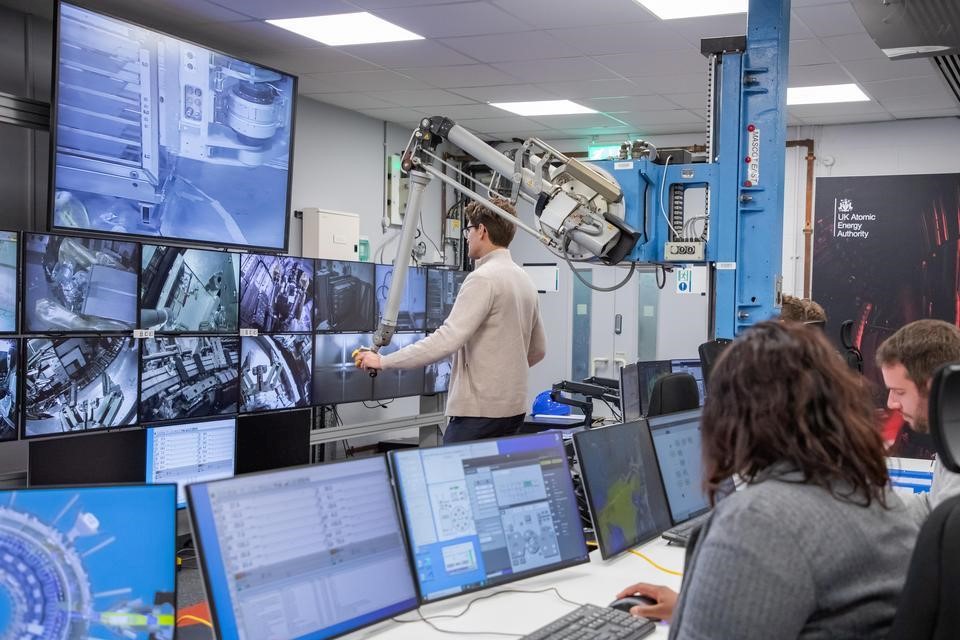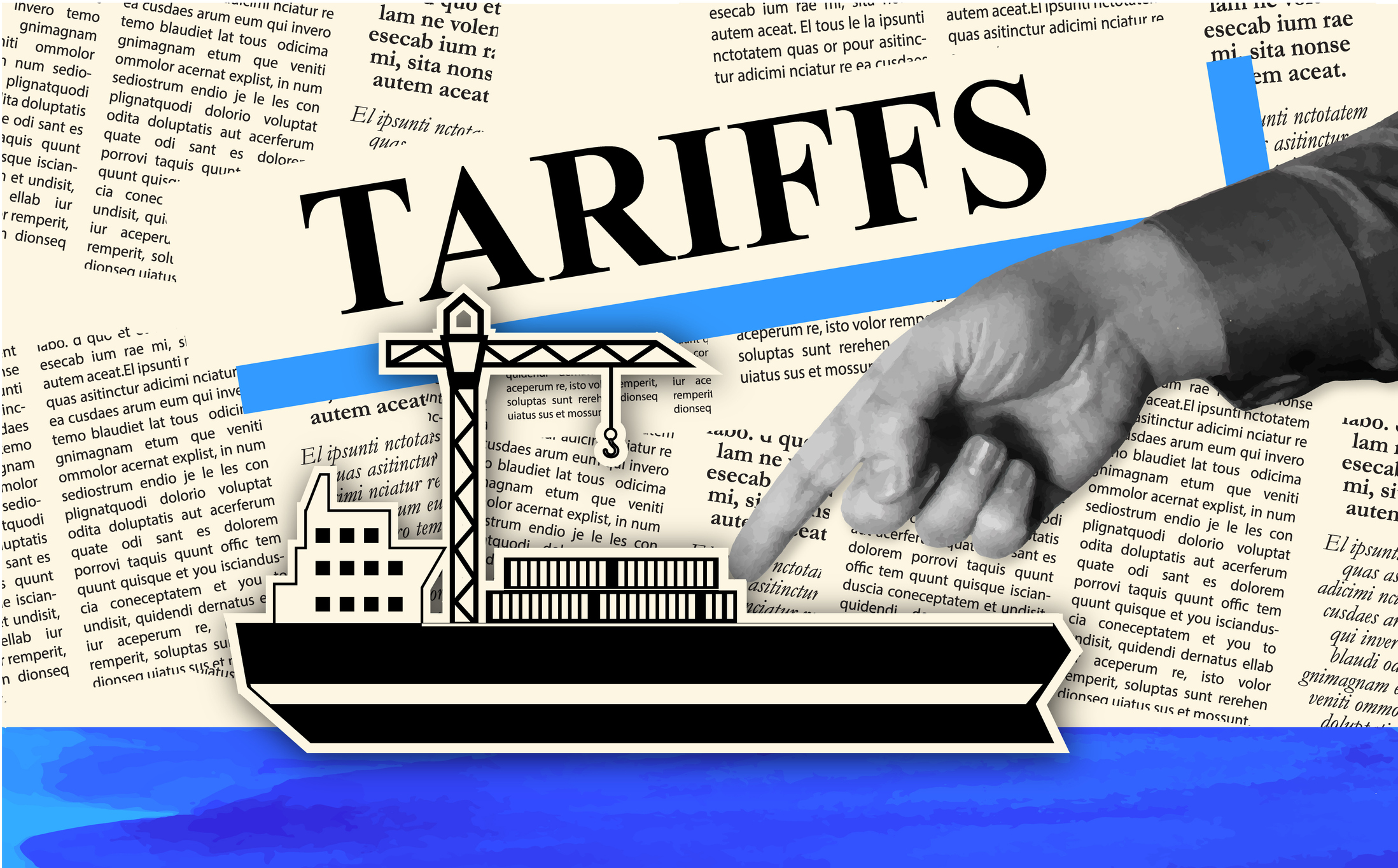As the world races to develop sustainable and scalable energy solutions, nuclear fusion has captured the imagination of scientists, policymakers, and investors alike. In 2025, fusion energy is not just a far-off dream—it’s a frontier of accelerated innovation, demanding not just investment in machines and magnets, but in people. Explore how the UKAEA partnership with NTU Singapore is expanding the global talent pipeline for fusion energy research. A look into the future of scientific collaboration.
This blog explores how this international fellowship represents more than academic cooperation. It’s a strategic move to build a skilled global workforce, advance international collaboration, and ultimately accelerate fusion breakthroughs for all. That’s why the UK Atomic Energy Authority (UKAEA) has launched a groundbreaking global research fellowship in partnership with Nanyang Technological University (NTU) Singapore. This initiative aims to attract and cultivate top-tier fusion expertise from around the world, filling a crucial gap in the talent infrastructure needed to make commercial fusion power a reality.
Why Fusion Needs a Global Workforce
Unlike solar or wind, fusion energy development demands deep, interdisciplinary expertise—ranging from plasma physics and superconducting magnet design to advanced materials, robotics, and artificial intelligence. Fusion is a marathon of scientific complexity.
As nations and private firms pour billions into fusion startups and pilot reactors, a looming issue is talent scarcity. The number of qualified plasma physicists, fusion engineers, and tritium handling specialists is relatively small and aging.
According to the IAEA’s 2024 report on nuclear workforce development, fewer than 3,500 researchers worldwide are engaged in full-time fusion research. By 2030, that number needs to triple if major pilot plants like SPARC, DEMO, and STEP are to succeed on time.
UKAEA’s new fellowship is designed to close that gap by:
- Attracting early- and mid-career researchers globally
- Fostering joint research programs between the UK and Asia-Pacific institutions
- Encouraging knowledge-sharing on fusion diagnostics, materials, and systems
Inside the UKAEA Fusion–NTU Fellowship Program
The inaugural cohort, launched in July 2025, includes 12 fellows from 8 countries—spanning the UK, Singapore, India, Germany, South Korea, Australia, Canada, and Japan. The fellowship provides:
- Two-year joint research appointments at Culham Centre for Fusion Energy (UK) and NTU’s Energy Research Institute @ NTU (ERI@N)
- Full research funding, housing stipends, and mobility grants
- Access to JET data archives, UKAEA’s robotics testbeds, and NTU’s superconducting diagnostics labs
- Mentorship from leading scientists like Dr. Melanie Windridge (UKAEA) and Professor Subodh Mhaisalkar (NTU)
Research themes include next-gen confinement algorithms, REBCO magnet durability, fusion tritium cycle modeling, and AI-assisted plasma control systems.
This structure reflects UKAEA’s broader commitment to internationalism as it prepares to construct its STEP (Spherical Tokamak for Energy Production) reactor.
Singapore’s Growing UKAEA Fusion Footprint
Singapore may not be the first place that comes to mind when thinking of fusion, but it is quickly becoming a node in Asia’s fusion ecosystem. NTU’s ERI@N has invested over $200 million in clean energy labs since 2018 and recently joined the Fusion Industry Association (FIA).
Its fusion research team, now at 47 scientists, collaborates with Japan’s QST, Korea’s KSTAR, and Australia’s ARC Centre of Excellence in Future Low-Energy Electronics Technologies.
Singapore’s location, policy stability, and talent magnetism make it an ideal hub for Asia-Pacific engagement—and an ideal partner for the UK’s global talent goals.
Broader Impact: Beyond Science, Toward Strategy
The fellowship’s implications stretch beyond academic research. By building shared technical language and collaborative ecosystems, programs like this lay the groundwork for:
- Standardized safety and materials protocols across borders
- Unified simulation platforms for AI-assisted reactor control
- Shared workforce development metrics that guide policy and investment
As global fusion efforts mature, the success of future pilot plants will hinge on interoperability. The skills and relationships forged now may shape the regulatory frameworks, investment policies, and even reactor architectures of tomorrow.
Real-World Applications and Industry Links
UKAEA is already using insights from the fellowship program to inform its collaboration with fusion startups like Tokamak Energy, First Light Fusion, and General Fusion. Fellows are contributing to modeling tools and diagnostics that improve reactor uptime and performance.
Meanwhile, NTU is in talks with energy companies across Southeast Asia to embed fellows into applied R&D teams working on grid integration, remote diagnostics, and power conversion systems.
Early Results and Feedback
Within three months of launch, the fellowship produced its first peer-reviewed publications in Nuclear Fusion and Nature Energy, with more than 10 joint projects already underway.
Feedback from fellows includes:
“It’s rare to get hands-on experience across continents. We’re learning different research cultures—and fusing them,” says Akira Ito, a fellow from Japan.
“Having UKAEA’s access to reactor data and NTU’s computational labs in one program is a game-changer,” adds Leila Hassan, a plasma modeling expert from Canada.
These testimonials underscore the unique cross-pollination of talent and resources that the fellowship facilitates.
What This Means for Global Energy Equity
Fusion has always been hailed as a universal energy solution. But ensuring its benefits are shared equitably requires more than just export-ready reactors. It requires inclusive education, workforce mobility, and collaborative intellectual property frameworks.
By anchoring fellowships in both advanced (UK) and rising (Singapore) research systems, this program sets a precedent for global co-ownership of energy futures. It also raises important questions:
- Who gets access to fusion training?
- How are skills transferred across borders?
- Can we avoid techno-colonialism in energy development?
UKAEA’s strategy here reflects a future-forward answer—one rooted in openness, mutual benefit, and deep respect for local innovation.
Insight from Mattias Knutsson
Mattias Knutsson, a respected voice in global procurement and development strategy, emphasized the program’s strategic value:
“Programs like this aren’t just about knowledge—they’re about building capability networks. In procurement terms, it’s about de-risking the talent supply chain. And that’s mission-critical for complex infrastructure like fusion.”
His observation adds a rarely heard but crucial lens: that talent pipelines are as vital to procurement planning as materials or contracts.
Looking Ahead: A New Standard for Scientific Collaboration
The UKAEA fusion–NTU fellowship is more than a partnership. It’s a model. One that blends East-West collaboration, institutional respect, and practical application. It serves as a blueprint for how nations can pool their strengths to solve the energy puzzle.
As fusion marches toward commercialization, we need more than reactors—we need reactors full of globally trained, technically fluent, and ethically grounded people.
In 2025 and beyond, fusion will be shaped not just by what machines can do, but by what people are empowered to build together. And that starts with programs like this.





